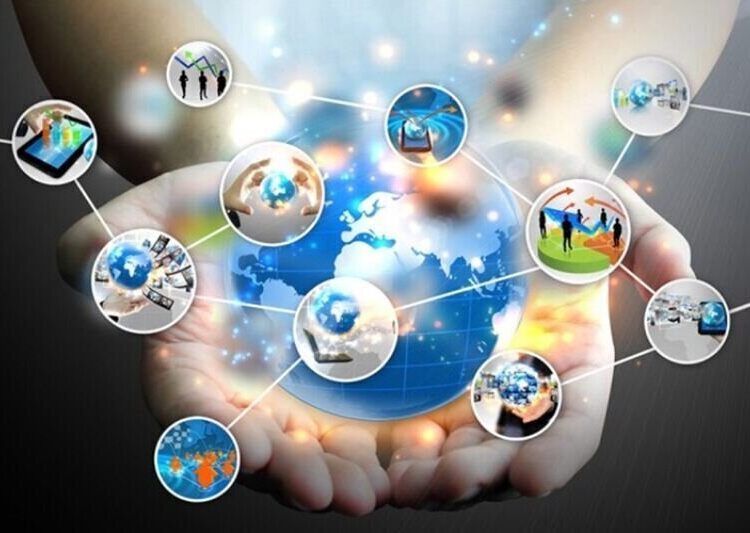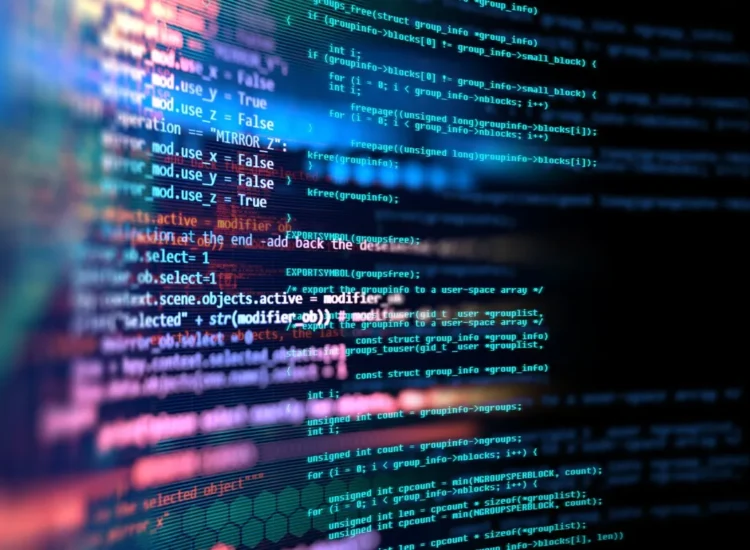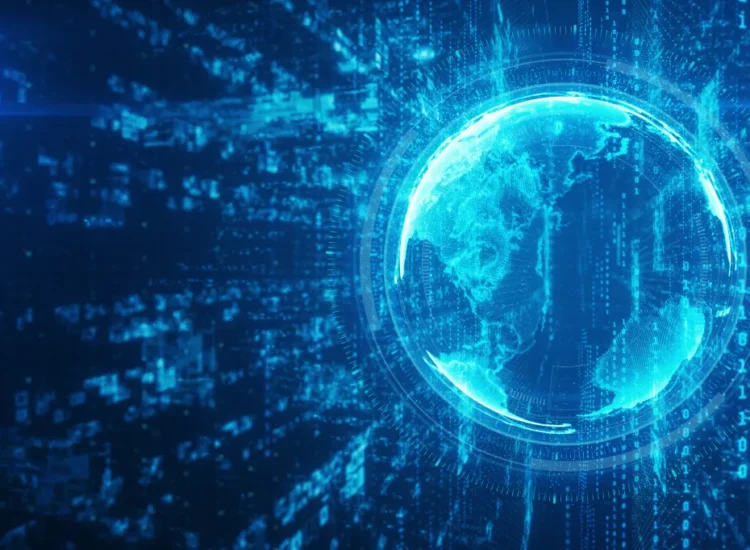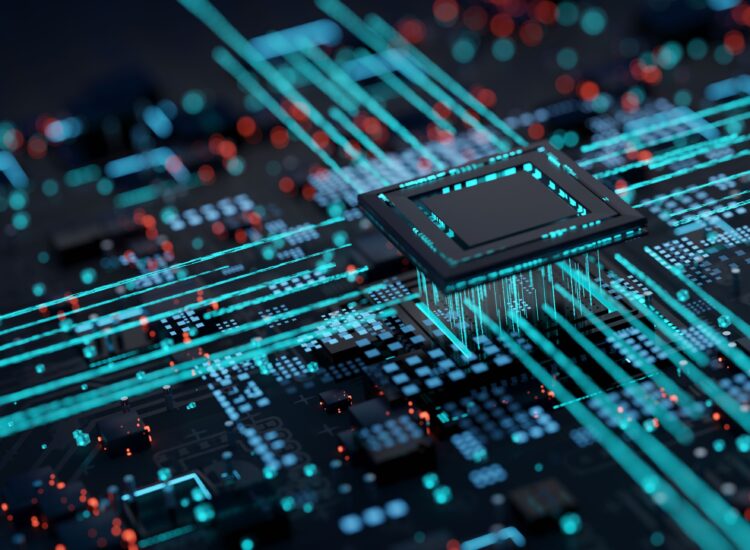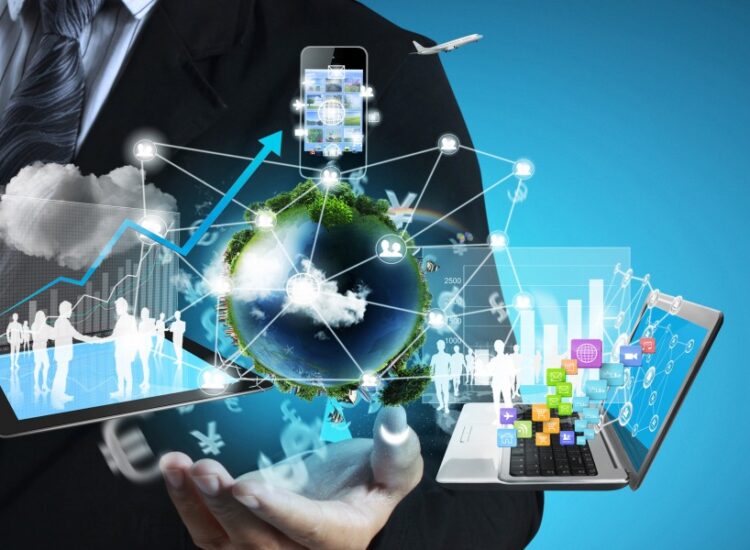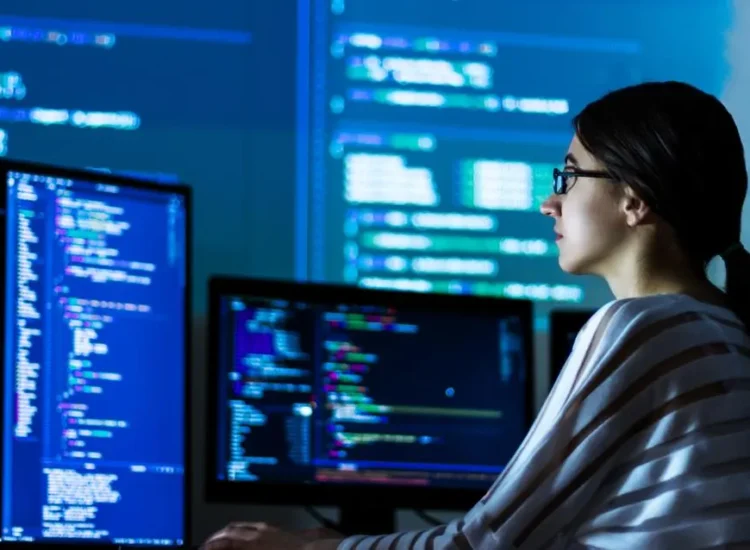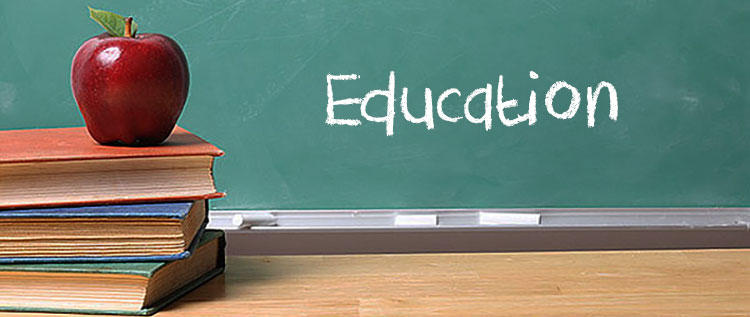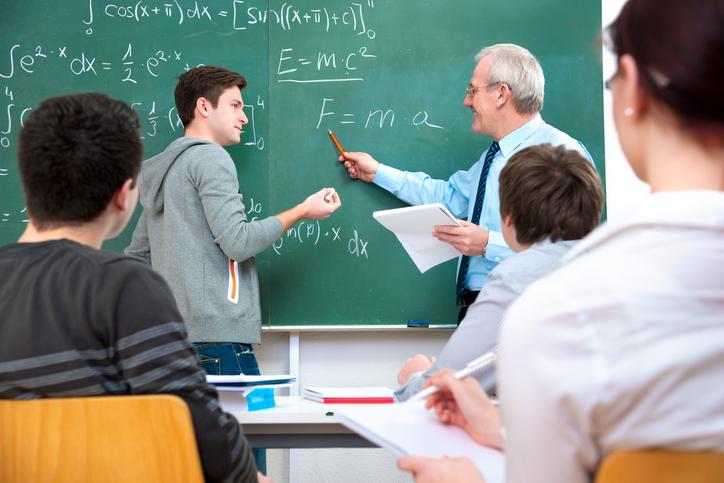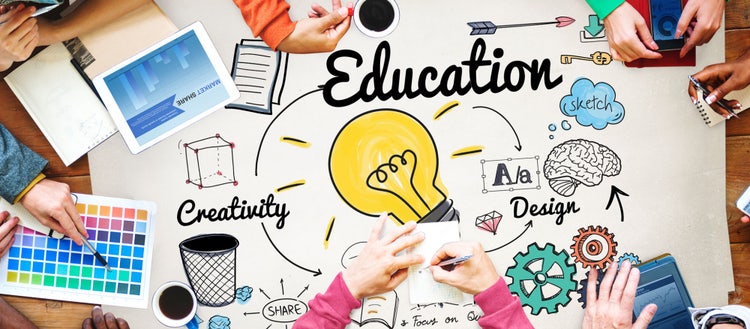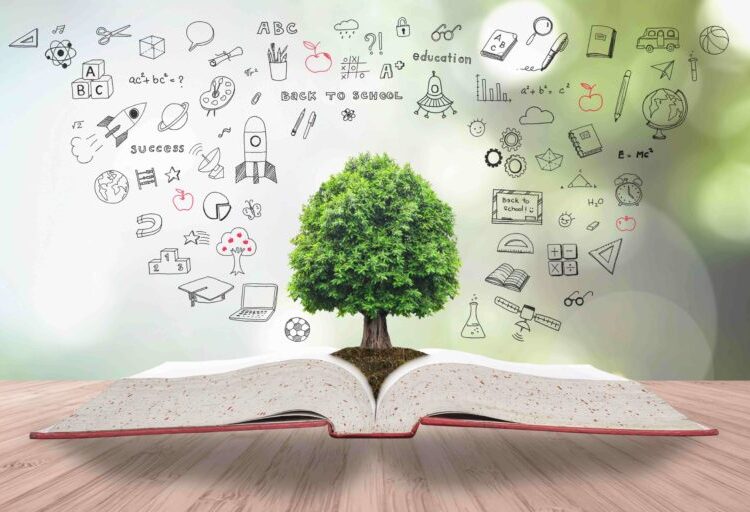The Visual Revolution: Exploring the World of Artificial Intelligence Photos
Images are fundamental to how we communicate, create, and consume information in the modern world. From stunning photography and intricate digital art to everyday social media posts and marketing materials, visuals capture attention and tell stories. For decades, creating and refining these images relied heavily on human skill, equipment, and traditional software tools. However, a groundbreaking transformation is underway, powered by advancements in machine learning and computational power. This is the era of artificial intelligence photos.
Toc
The term artificial intelligence photos encompasses a rapidly evolving field where AI plays a central role in either generating entirely new images from descriptions or significantly enhancing and altering existing photographs. This technology is moving beyond simple filters or basic editing, enabling capabilities that were once considered science fiction. Whether you need a unique visual for a blog post, want to restore an old family picture, or are exploring new frontiers in digital art, artificial intelligence photos tools are opening up unprecedented possibilities.
This article will take a comprehensive look at the world of artificial intelligence photos. We will define what these images are and the fascinating technology behind their creation and modification, explore the diverse and impactful applications across various industries and creative fields, and discuss practical considerations, including the challenges and the exciting future of AI-driven imagery. If you’re curious about how AI is reshaping the visual landscape, understanding artificial intelligence photos is a must.
What are Artificial Intelligence Photos? Generation and Enhancement
When we talk about artificial intelligence photos, we are generally referring to two primary categories: images created ex nihilo by AI and existing images modified or improved using AI algorithms. Both demonstrate AI’s growing ability to understand, interpret, and manipulate visual data in sophisticated ways.

Creating Images from Scratch: Text-to-Image AI Generators
Perhaps the most awe-inspiring aspect of artificial intelligence photos is the ability to generate entirely new images based solely on a textual description, or “prompt.” This technology, often referred to as text-to-image AI, allows users to type in virtually anything they can imagine – “an astronaut riding a horse on the moon in a photorealistic style,” “a whimsical watercolor painting of a dragon reading a book,” “a futuristic cityscape at sunset” – and the AI will attempt to create a corresponding image.
The rise of powerful text-to-image models like DALL-E, Midjourney, and Stable Diffusion has brought this capability into the mainstream, making it accessible to artists, designers, and hobbyists alike. These artificial intelligence photos generators work by being trained on enormous datasets of images paired with descriptive text. Through this training, the AI learns the complex relationships between words and visual concepts, understanding styles, objects, settings, and how they can be combined.
When a user provides a prompt, the AI model doesn’t simply search for existing images. Instead, it synthesizes a completely new image pixel by pixel, based on its learned understanding of the concepts described in the text. Early models might have produced abstract or collage-like results, but modern artificial intelligence photos generators are capable of creating images with photorealistic detail, specific artistic styles, and complex compositions that often look indistinguishable from human-created art or even photographs.
This generative capability means that creators are no longer limited by their drawing skills, access to subjects, or the constraints of traditional photography. They can rapidly prototype visual ideas, create unique illustrations for publications, or generate conceptual art based purely on imagination, all contributing to the diverse world of artificial intelligence photos. The iteration speed is incredible; minor tweaks to the prompt can yield entirely different visual outcomes, allowing for rapid exploration of creative concepts. This text-to-image generation is a significant facet of what people mean when they discuss artificial intelligence photos.
Enhancing and Altering Existing Photos with AI
Beyond creating images from text, artificial intelligence is also dramatically transforming the process of editing and enhancing existing photographs. AI-powered photo editing tools can perform complex tasks that previously required hours of manual work or advanced technical skill, often with a single click or slider adjustment. These tools are making sophisticated image manipulation more accessible and efficient, leading to a vast array of artificial intelligence photos that started life as conventional pictures.
Common AI photo enhancement features include:
- Noise Reduction: AI can intelligently detect and remove digital noise from photos taken in low light conditions, preserving detail better than traditional methods.
- Upscaling and Super Resolution: AI models can increase the resolution of low-resolution images, adding detail and sharpness to make them suitable for larger prints or displays without pixelation.
- Object Removal: AI can accurately identify and seamlessly remove unwanted objects or distractions from a photo, filling in the background convincingly.
- Background Replacement or Blurring: AI can detect subjects and separate them from the background, allowing for easy replacement with a different scene or applying artistic blur effects.
- Face Enhancement and Retouching: AI can subtly enhance facial features, smooth skin, or even alter expressions in a realistic manner.
- Style Transfer: AI can apply the artistic style of one image (e.g., a famous painting) onto another photograph.
- Color Correction and Grading: AI can analyze an image’s content and intelligently suggest or apply sophisticated color adjustments to improve mood and aesthetics.
- AI Filters: Moving beyond simple color overlays, AI filters can dramatically transform photos, applying complex artistic effects, turning photos into paintings, or even changing the time of day or weather conditions.
These AI-powered tools are integrated into many modern photo editing software suites (like Adobe Photoshop and Lightroom), mobile editing apps, and dedicated online platforms. They empower photographers to refine their work more efficiently and enable anyone to achieve professional-looking results with minimal effort, expanding the realm of artificial intelligence photos to include significantly modified original images.
The Core Technology: How AI “Sees” and Creates Images
Understanding how AI creates and modifies images sheds light on the power behind artificial intelligence photos. At a high level, it involves training complex machine learning models, typically deep neural networks, on massive datasets of visual information.
For image generation, models like Generative Adversarial Networks (GANs) or more recently, Diffusion Models, are key. GANs involve two neural networks: a Generator that tries to create realistic images, and a Discriminator that tries to distinguish between real images and those created by the Generator. They are trained together in a competitive process until the Generator becomes so good that the Discriminator can no longer tell the difference. Diffusion Models work by gradually adding noise to training images until they become pure noise, and then learning to reverse this process to generate new images from random noise. These models learn the underlying patterns, structures, and styles present in their training data.
For image enhancement and editing, AI models are trained to perform specific tasks by learning from examples. For instance, an AI noise reduction model is trained on pairs of noisy and clean images, learning how to remove noise while preserving edges and details. An object removal tool learns what typical backgrounds look like and how to fill in missing areas based on surrounding pixels.
The ability of these AI models to process and understand images at a granular level, recognizing objects, textures, patterns, and styles, is what makes artificial intelligence photos possible. They learn from millions or billions of images to develop a sophisticated “understanding” of the visual world, allowing them to either construct new scenes or intelligently manipulate existing ones based on learned principles. This deep learning capability is the engine driving the visual revolution of artificial intelligence photos.
Related articles 01:
1. https://lifeify.net/mmoga-cloud-app-hosting-the-ultimate-guide-for-startup-founders/
3. https://lifeify.net/mmoga-the-best-web-hosting-for-beginners-in-2024/
4. https://lifeify.net/mmoga-the-best-cloud-storage-hosting-for-small-businesses/
5. https://lifeify.net/mmoga-the-sound-of-tomorrow-exploring-voice-artificial-intelligence/
The Impact and Applications of Artificial Intelligence Photos
The capabilities of generating and enhancing images with AI are not just technological marvels; they are having a profound impact across various industries and creative pursuits. Artificial intelligence photos are changing workflows, enabling new forms of artistic expression, and providing valuable tools for businesses and individuals alike.
Revolutionizing Content Creation and Digital Art
Content creators – bloggers, YouTubers, social media managers, writers, and artists – are finding that artificial intelligence photos tools are transforming how they work and what they can create.
For bloggers and writers, finding relevant, high-quality images can be time-consuming and expensive (stock photos). An AI image generator allows them to quickly create unique visuals that perfectly match the specific theme or concept of their article, resulting in original artificial intelligence photos that stand out. This overcomes copyright issues associated with using found images and provides visuals that are precisely tailored to the content.
Digital artists and illustrators are using text-to-image AI as a powerful tool for inspiration, concepting, and even generating elements to incorporate into their final pieces. Instead of sketching ideas from scratch, they can generate numerous variations based on a prompt in minutes, providing a rapid starting point for their creative process. AI photo enhancement tools are also used to refine digital paintings or illustrations, adding details or cleaning up imperfections. Artificial intelligence photos in this context become a collaborative medium between human creativity and machine capability.
Social media managers need a constant stream of engaging visuals. AI image generators allow them to quickly create diverse images for posts, ads, and campaigns, often in various styles to match specific branding or platform aesthetics. AI photo editors help them quickly optimize photos for different platforms, resize, or add eye-catching effects. The speed and versatility of creating artificial intelligence photos are invaluable in the fast-paced world of social media.
Even for book cover design, game development (concept art, textures), and animation (storyboarding, background art), artificial intelligence photos generators are accelerating the initial visual exploration phase, allowing teams to iterate on ideas much faster than traditional methods.
Business, Marketing, and Design Applications
The benefits of artificial intelligence photos extend significantly into the business world, particularly in marketing, advertising, and design.
In marketing and advertising, compelling visuals are essential. AI image generators can produce unique images for ads, website banners, email campaigns, and brochures, offering fresh alternatives to often-used stock photos. This allows for more creative freedom and can help brands create distinctive visual identities. Artificial intelligence photos used in marketing can be quickly customized for different campaigns or demographics.
Product design and e-commerce also leverage AI imagery. Companies can use AI to create virtual mockups of products in various settings without the need for expensive photoshoots. This is particularly useful for showing product variations or placing products in diverse lifestyle contexts. Artificial intelligence photos can simulate textures, materials, and lighting conditions, offering realistic previews.
For graphic design and web development, AI tools help create visual assets, textures, and background images quickly. They can also aid in tasks like automatically resizing images for different layouts or generating placeholder images during the design process. The ability to rapidly generate variations of an image makes A/B testing of visuals in marketing materials much easier.
Real estate benefits from AI photo enhancement, improving listing photos by enhancing lighting, sharpening details, and even virtually staging empty rooms with AI-generated furniture, creating more appealing artificial intelligence photos that attract potential buyers.
Furthermore, companies can use AI for analyzing images (like identifying objects in product photos or categorizing user-uploaded content), although the creation/enhancement aspect falls more directly under the artificial intelligence photos umbrella. The efficiency gains and creative potential offered by AI imagery are making it an increasingly vital tool for businesses aiming to visually engage their audience.
Personal Use and Social Media Trends
Beyond professional applications, artificial intelligence photos have found a massive audience in personal use and are driving new trends on social media platforms.
Users can leverage AI image generators for fun, creating unique avatars, illustrating personal stories, or visualizing abstract concepts from their imagination. This allows anyone, regardless of artistic skill, to bring their creative ideas into the visual realm.
AI photo editing apps on smartphones make advanced editing accessible to everyone. Users can easily remove unwanted elements from vacation photos, enhance portraits, or apply artistic filters to give their pictures a unique look before sharing them online. Features like AI-powered background blur for portraits or automatic scene enhancement have become standard in many smartphone camera apps, producing everyday artificial intelligence photos without the user even realizing the AI at work.
The viral popularity of AI avatar generators, which create stylized portraits from user photos, is a prime example of how artificial intelligence photos are integrated into social media culture. These tools allow users to explore different artistic styles or imaginative personas, fostering a new form of digital self-expression. Creating personalized memes or visual jokes using AI generators is another popular trend.
For restoring old family photos, AI enhancement tools that can repair damage, sharpen blurry details, and even colorize black and white images are invaluable personal applications, bringing old memories back to life as enhanced artificial intelligence photos.
Related articles 02:
1. https://lifeify.net/mmoga-the-best-cloud-storage-hosting-for-small-businesses/
2. https://lifeify.net/mmoga-the-best-web-hosting-for-beginners-in-2024/
4. https://lifeify.net/mmoga-once-human-private-server-a-players-perspective/
From playful avatars to professional-grade edits, artificial intelligence photos are empowering individuals to create, share, and interact with visual content in new and exciting ways, fundamentally changing how we think about photography and digital imagery in our personal lives.
Navigating the World of Artificial Intelligence Photos: Challenges and the Future
While the capabilities and applications of artificial intelligence photos are immense and exciting, the technology is not without its challenges and limitations. Understanding these aspects is crucial for responsible and effective use, and for anticipating where this field is headed.
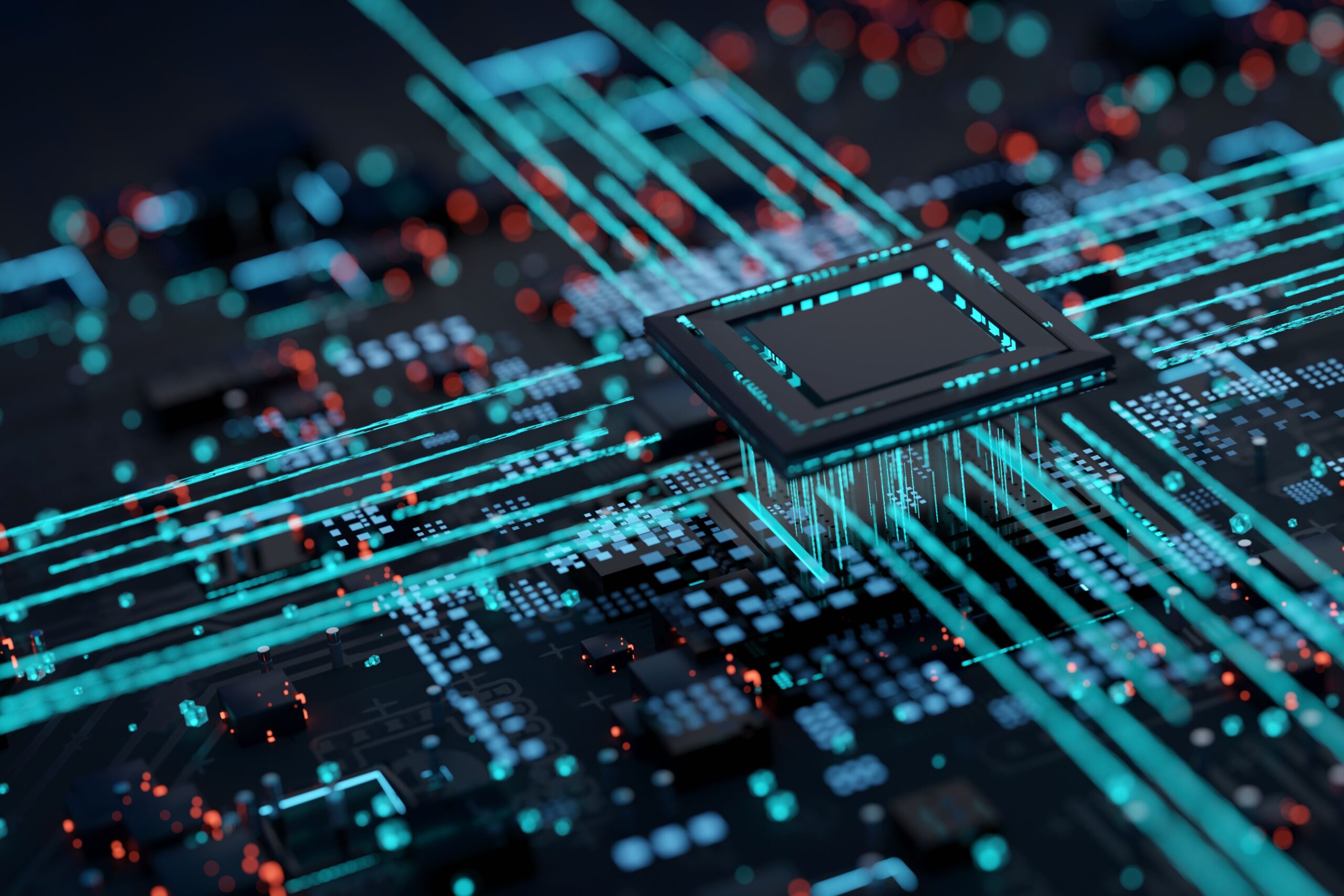
Ethical Concerns: Bias, Copyright, and Misinformation
The rapid advancement of artificial intelligence photos technology has outpaced the development of clear ethical guidelines and regulations, leading to several significant concerns.
Bias is a persistent issue. AI models are trained on vast datasets, and if those datasets contain biases (e.g., underrepresenting certain demographics, reinforcing stereotypes), the AI-generated images can perpetuate and even amplify those biases. This can lead to problematic outputs that are unfair, unrepresentative, or discriminatory. Ensuring diverse and balanced training data is a crucial step towards mitigating this.
Copyright and ownership are complex legal questions surrounding artificial intelligence photos. Who owns the copyright of an image generated by AI? Is it the user who provided the prompt, the company that developed the AI model, or does no one own it? What if the AI output resembles existing copyrighted artwork from its training data? Different jurisdictions and platforms are grappling with these issues, and clear legal precedents are still being established.
The potential for misinformation and deepfakes is perhaps the most worrying ethical implication. The ability to create photorealistic, yet entirely fake, images of events, people, or situations poses a serious threat. This can be used to spread propaganda, create hoaxes, damage reputations, or manipulate public perception. Detecting AI-generated images and establishing clear labeling standards for artificial intelligence photos are vital challenges that researchers and platforms are actively working to address. The ease with which convincing fake imagery can be produced requires increased digital literacy and critical evaluation of online visuals.
Choosing and Using AI Photo Tools Effectively
With a proliferation of tools for creating and enhancing artificial intelligence photos, selecting the right one and using it effectively requires some consideration.
Tools vary widely in their capabilities, quality of output, ease of use, and pricing models. Some focus solely on text-to-image generation, offering different artistic styles and levels of realism. Others specialize in specific editing tasks, like enhancing faces or removing objects.
When choosing a tool, consider:
- Type of Task: Do you need to generate new images or edit existing ones?
- Required Quality: How realistic or artistic do the outputs need to be? Review sample outputs from different generators.
- Ease of Use: Is the interface intuitive for providing prompts or applying edits?
- Features: Does it offer specific features you need (e.g., high-resolution output, specific editing tools, API access)?
- Pricing: Are you looking for a free option (often with limitations), a subscription, or pay-per-use?
- Usage Rights: Can you use the generated or enhanced artificial intelligence photos for your intended purpose (e.g., commercial use)?
Learning to write effective prompts for AI image generators is an art in itself. Being specific about the subject, style, composition, lighting, and other details will yield much better results than vague descriptions. For editing tools, understanding the limits of the AI and knowing when manual adjustments are still necessary is key to achieving professional results with your artificial intelligence photos.
The Evolving Landscape and Future of AI Imagery
The field of artificial intelligence photos is still in its early stages, and its future promises even more astonishing capabilities and widespread integration.
We can expect to see:
- Increased Realism and Control: AI models will become even better at generating photorealistic images and offering more precise control over specific elements within the scene.
- Video Generation: The ability to create entire video clips from text prompts or still images is an active area of research and development.
- 3D Model Creation: Generating 3D assets or environments from text descriptions or 2D images will become more feasible.
- Real-time Editing: More AI editing tasks will be performed in real-time, directly within camera apps or live video streams.
- Personalized AI Models: Users might be able to train smaller AI models on their own style or specific subjects.
- Better Detection Tools: As AI generation improves, so too will the tools designed to detect AI-generated content, in an ongoing technological arms race.
Artificial intelligence photos are not just a passing trend; they represent a fundamental shift in how we interact with visual media. They are powerful tools with immense potential for creativity, efficiency, and accessibility. However, their development and deployment must continue to be guided by careful consideration of the ethical implications and a commitment to transparency. As this technology evolves, so too will its place in our creative, professional, and personal lives, constantly reshaping the definition of what a “photo” can be. Understanding the nuances of artificial intelligence photos is key to harnessing their power responsibly and effectively in the years to come.
